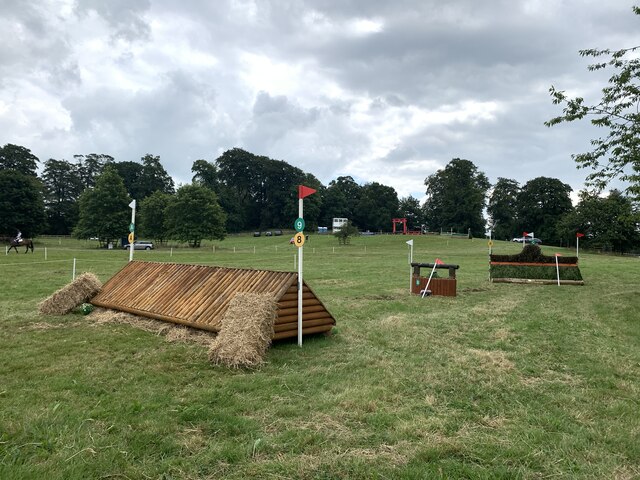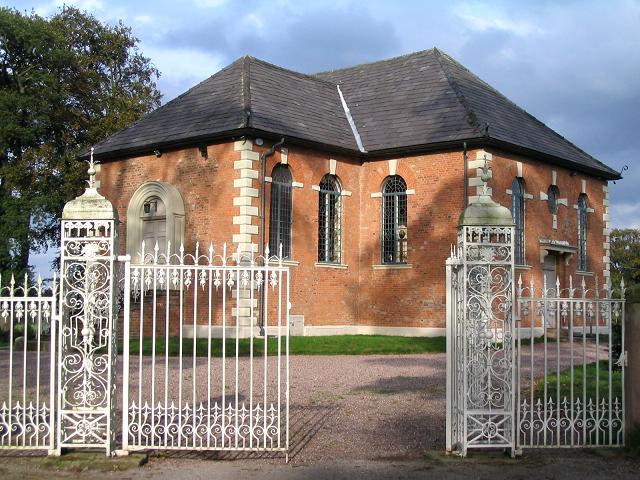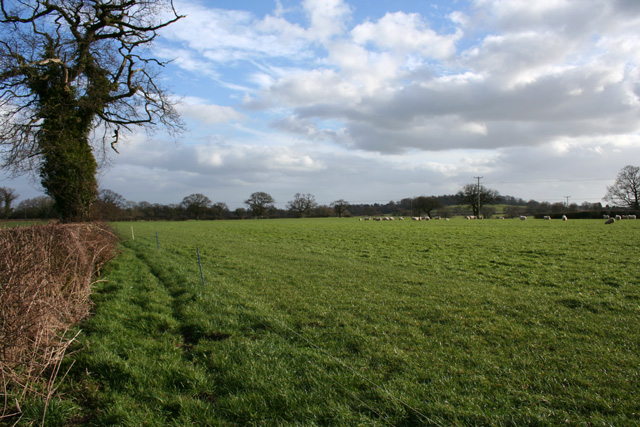Castle Hill
Hill, Mountain in Cheshire
England
Castle Hill

Castle Hill is a prominent landmark situated in the county of Cheshire, England. Located near the village of Tarporley, this hill stands at an elevation of approximately 118 meters (387 feet) above sea level. Despite its name, Castle Hill does not have any historical remains of a castle. However, it is believed that the name is derived from a medieval motte-and-bailey castle that once stood on the site.
The hill itself is characterized by its distinctive conical shape, which makes it instantly recognizable in the surrounding landscape. Covered in lush greenery, Castle Hill offers breathtaking panoramic views of the Cheshire countryside. On a clear day, visitors can enjoy vistas stretching as far as the Welsh mountains to the west and the Peak District to the east.
The area surrounding Castle Hill is a designated Site of Special Scientific Interest (SSSI) due to its rich biodiversity and geological significance. The hill is composed of sandstone, and its slopes are home to a variety of plant and animal species. It is particularly renowned for its vibrant display of bluebells during the spring season.
Accessible footpaths and trails provide visitors with the opportunity to explore the hill and its surroundings. The area is popular among hikers, nature enthusiasts, and photographers who appreciate the stunning natural beauty and tranquility it offers. Whether one is in search of a peaceful walk or a picturesque spot for a picnic, Castle Hill in Cheshire is a destination that captivates all who visit.
If you have any feedback on the listing, please let us know in the comments section below.
Castle Hill Images
Images are sourced within 2km of 53.057825/-2.69828 or Grid Reference SJ5351. Thanks to Geograph Open Source API. All images are credited.


Castle Hill is located at Grid Ref: SJ5351 (Lat: 53.057825, Lng: -2.69828)
Unitary Authority: Cheshire East
Police Authority: Cheshire
What 3 Words
///outreach.dislodge.social. Near Bickley, Cheshire
Nearby Locations
Related Wikis
Cholmondeley Castle
Cholmondeley Castle is a country house in the civil parish of Cholmondeley, Cheshire, England. Together with its adjacent formal gardens, it is surrounded...
Cholmondeley, Cheshire
Cholmondeley ( CHUM-lee) is a civil parish in Cheshire, England, north east of Malpas and west of Nantwich. It includes the small settlements of Croxton...
St Nicholas Chapel, Cholmondeley
St Nicholas Chapel is a private chapel in the grounds of Cholmondeley Castle, Cheshire, England, the ancient seat of the Marquess of Cholmondeley, hereditary...
Egerton, Cheshire
Egerton is a civil parish in the unitary authority of Cheshire East and the ceremonial county of Cheshire, England. A largely rural area, the parish includes...
St Wenefrede's Church, Bickley
St Wenefrede's Church is in Bickley, Cheshire, England. The church is recorded in the National Heritage List for England as a designated Grade II listed...
Bulkeley Hall
Bulkeley Hall is a country house to the southwest of the village of Bulkeley, Cheshire, England. It dates from the middle of the 18th century, and was...
Bulkeley Grange
Bulkeley Grange is a country house to the southeast of the village of Bulkeley, Cheshire, England. It replaced an earlier timber-framed house on the site...
Bickley, Cheshire
Bickley is a village in the parish of No Man's Heath and District in Cheshire West and Chester and Cheshire, England. According to the 2001 Census it had...
Related Videos
Family Fun Day at Bewilderwood Cheshire
We had a perfect Father's Day at @bewilderwood_cheshire It was such a fun family day out with lots of different mazes, slides, ...
18 September 2023
Luna and Aurora with Daddy Jimmy and Mummy Zara at BEWILD in Cheshire.
Stepping into BeWILDerwood
To celebrate Jo's birthday, we headed to the fantastic BeWILDerwood in Cheshire. Imaginative and exciting fun is in store on any ...
bewilderwood Cheshire #bewilerwood #fun #dayout #family #photography #video
My gorgeous family at bewilderwood Cheshire please go and check this out its a fantastic family day out.
Nearby Amenities
Located within 500m of 53.057825,-2.69828Have you been to Castle Hill?
Leave your review of Castle Hill below (or comments, questions and feedback).


























